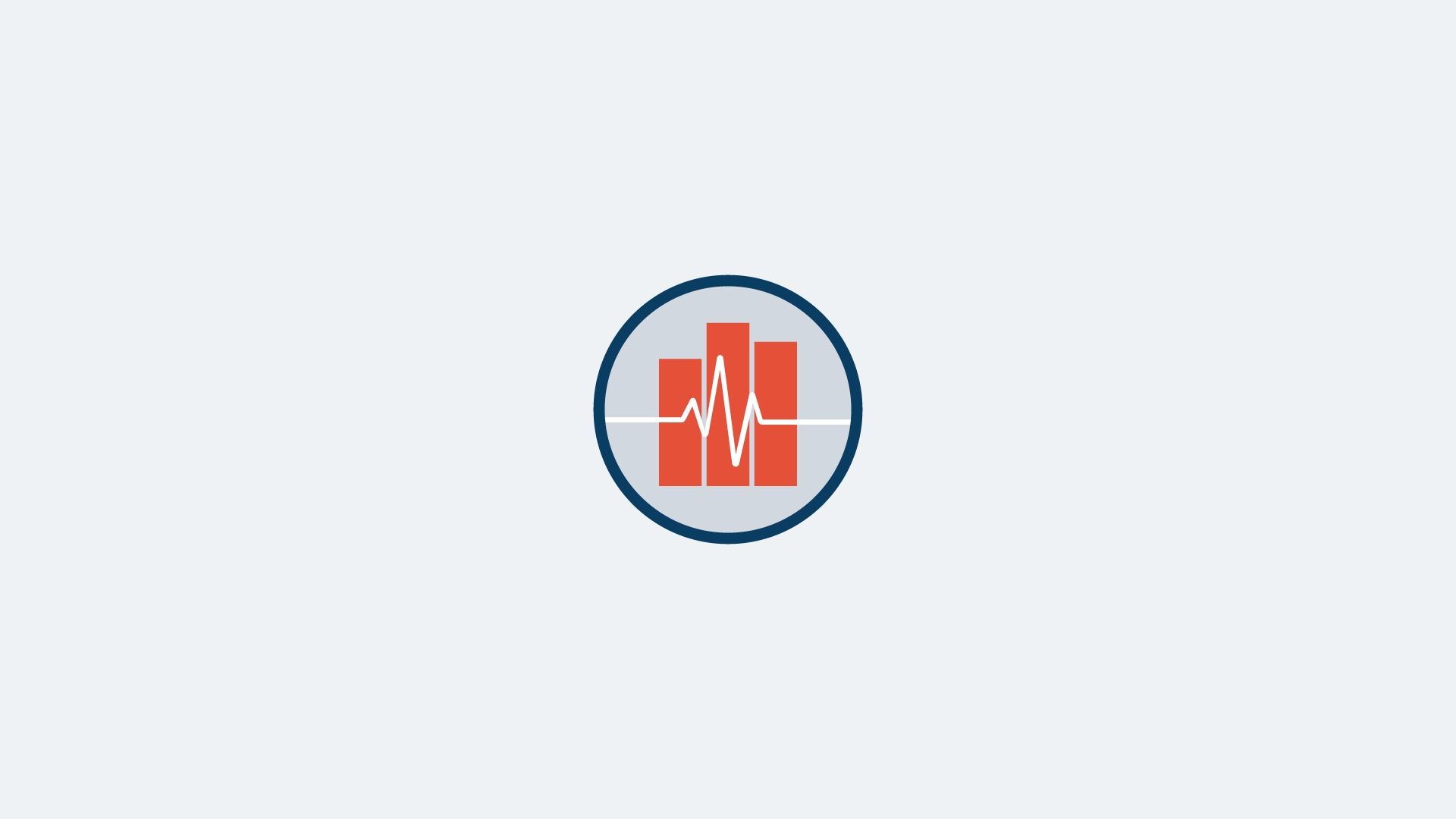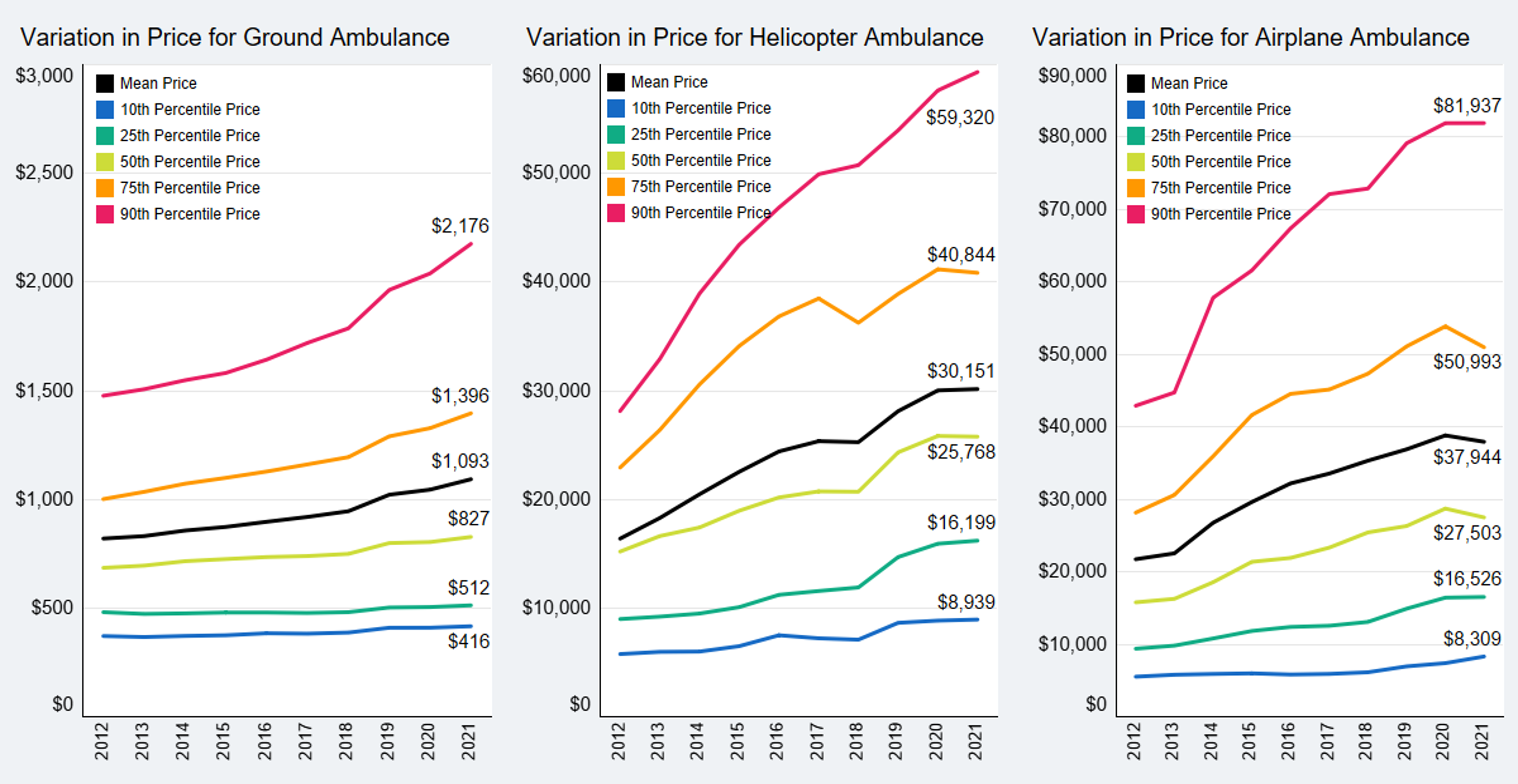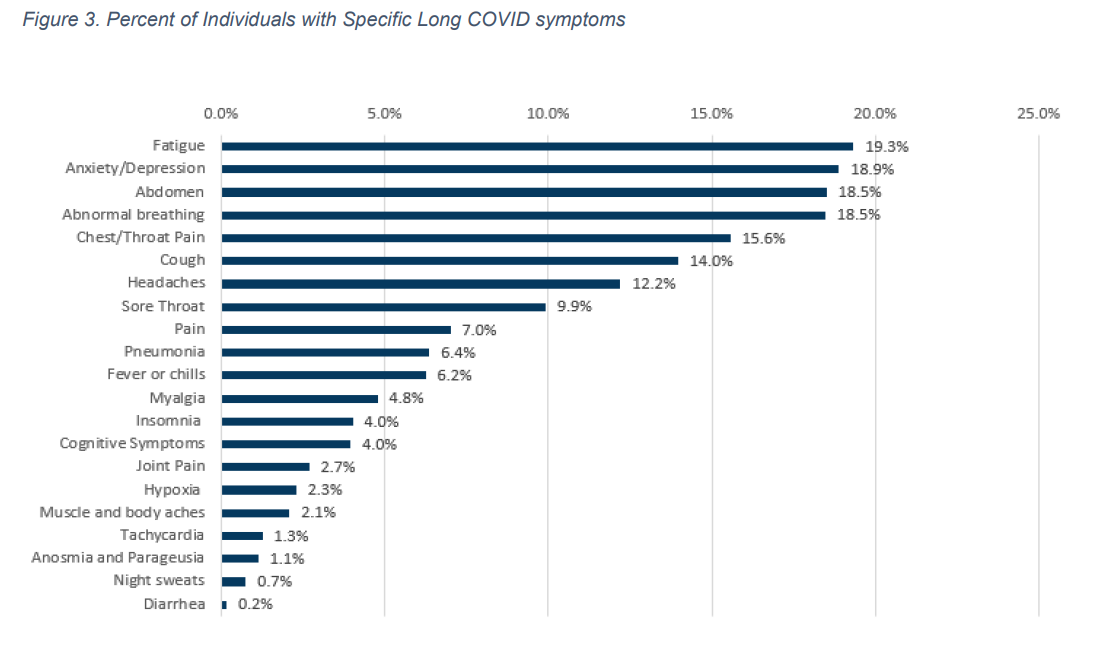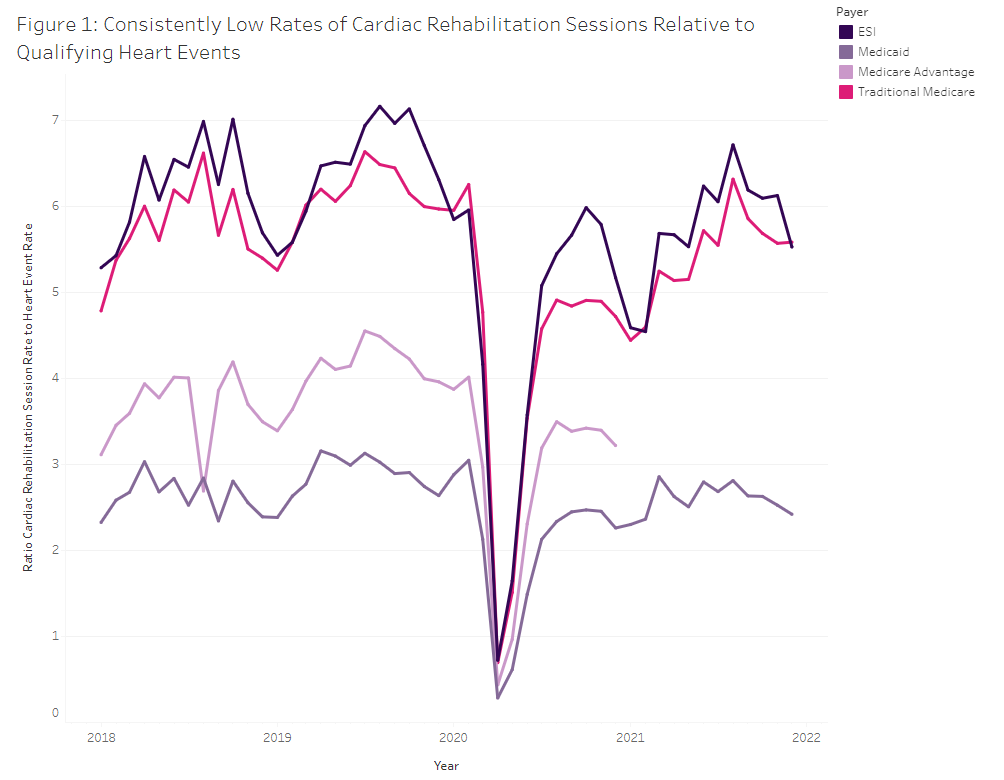All HCCI Reports
HCCI’s original reports powered by #HCCIdata
-
Employer Sponsored Insurance Paid Twice as Much as Medicare for Services at Ambulatory Surgical Centers
 Read more: Employer Sponsored Insurance Paid Twice as Much as Medicare for Services at Ambulatory Surgical Centers
Read more: Employer Sponsored Insurance Paid Twice as Much as Medicare for Services at Ambulatory Surgical CentersTechnological medical advancements have shifted an array of procedures previously rendered in inpatient hospitals to ambulatory surgical centers (ASCs). For example, same-day procedures (e.g., cataracts surgery) that do not require an overnight hospital stay and musculoskeletal procedures, such as arthroscopy, are commonly performed at ASCs. Because they operate independently of brick-and-mortar hospital facilities, ASCs are considered…
-
HCCI Spotlights American Heart Month: Cardiac Rehabilitation Rates Have Room to Grow
Read more: HCCI Spotlights American Heart Month: Cardiac Rehabilitation Rates Have Room to GrowCardiac rehabilitation is a program to help patients with heart events recover and return to normal activities. It is recommended following acute heart events and as a component of addressing chronic heart failure. Despite recommendations from federal agencies, advocacy groups, and national health associations and the documented benefits of cardiac rehabilitation, only 20-30% of people…
-
Severe Maternal Morbidity Increased by 25% from 2017-2021 among those with Employer Sponsored Insurance
 Read more: Severe Maternal Morbidity Increased by 25% from 2017-2021 among those with Employer Sponsored Insurance
Read more: Severe Maternal Morbidity Increased by 25% from 2017-2021 among those with Employer Sponsored InsuranceThe CDC defines Severe Maternal Morbidity (SMM) as ‘unexpected outcomes of labor and delivery that result in significant short- or long-term consequences to a woman’s health.’ These outcomes are largely preventable and are an important indicator of maternal health care quality. The CDC reports that SMM has steadily increased in recent years, and the consequences…
-
On Average, ESI Pays Nearly 3 times Medicare for Hospital Outpatient Services
 Read more: On Average, ESI Pays Nearly 3 times Medicare for Hospital Outpatient Services
Read more: On Average, ESI Pays Nearly 3 times Medicare for Hospital Outpatient ServicesHealth care spending continues to grow, and prices are the primary driver. Without addressing high and growing prices, efforts to make care more affordable will not be successful. One way to understand what is going on with prices in employer-sponsored insurance (ESI) is to compare negotiated rates paid in that market to Medicare payments for the same…
-
Antidepressant Medication Use Increased Post-Pandemic, but Large Disparities Exist across Nearly Every Demographic Measure
 Read more: Antidepressant Medication Use Increased Post-Pandemic, but Large Disparities Exist across Nearly Every Demographic Measure
Read more: Antidepressant Medication Use Increased Post-Pandemic, but Large Disparities Exist across Nearly Every Demographic MeasureThe World Health Organization reported that, following the COVID-19 pandemic, there was a 25% increase in the prevalence of anxiety and depression worldwide. Mental health crises following months and years of social isolation and other effects of the pandemic have renewed national interest in mental health care access. Understanding how mental health services, including medications…
-
Telehealth use increased dramatically from 2019-2021, but varied by state, age, and area-level social determinants of health
 Read more: Telehealth use increased dramatically from 2019-2021, but varied by state, age, and area-level social determinants of health
Read more: Telehealth use increased dramatically from 2019-2021, but varied by state, age, and area-level social determinants of healthBuilding on existing work on telehealth use early in the COVID-19 pandemic among people who get health insurance through work, HCCI examined the use of telehealth services by year through 2021. We examined patterns of telehealth use by modality (synchronous or asynchronous) and state, as well as select measures of area (zip or county)-level social…
-
Emergency Room Spending, Price, and Use Trends 2012-2021
 Read more: Emergency Room Spending, Price, and Use Trends 2012-2021
Read more: Emergency Room Spending, Price, and Use Trends 2012-2021The emergency room (ER) is a critical and life-saving source of care for many Americans, but the resulting medical bills that patients receive can be a source of confusion and extreme financial burden. From incredibly high, varying prices to surprise bills resulting from in/out of network confusion, many Americans have no idea what to expect when it…
-
Ambulance Trends over 10 Years (2012-2021)
 Read more: Ambulance Trends over 10 Years (2012-2021)
Read more: Ambulance Trends over 10 Years (2012-2021)Ambulance services play an essential, life-saving role in the health care system but can also be a source of surprise bills to patients and unexpected high out-of-pocket costs. This HCCI data brief and downloadable data explores the 10-year trends in ambulance prices, utilization, spending, and the frequency of out-of-network billing for the commercially insured – people…
-
Long COVID Affects People with Higher Medical Needs and is Associated with Higher Per Person Health Spending
 Read more: Long COVID Affects People with Higher Medical Needs and is Associated with Higher Per Person Health Spending
Read more: Long COVID Affects People with Higher Medical Needs and is Associated with Higher Per Person Health SpendingImportant research is underway to understand the impacts of Long COVID. Studies about the clinical pathways, patient-specific needs, and treatment for Long COVID are highlighting necessary medical care and intervention. To inform public and private decisionmakers’ efforts to support and treat patients, this study uses HCCI’s unique health care claims dataset to identify the effects of…


